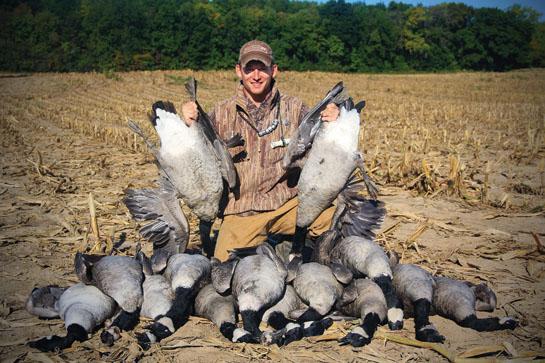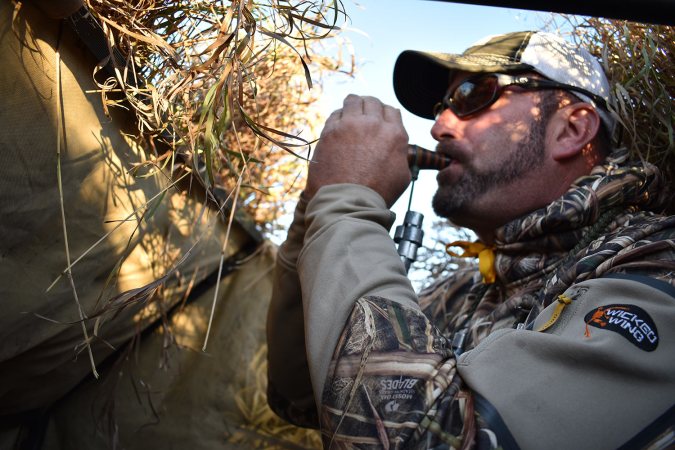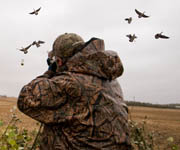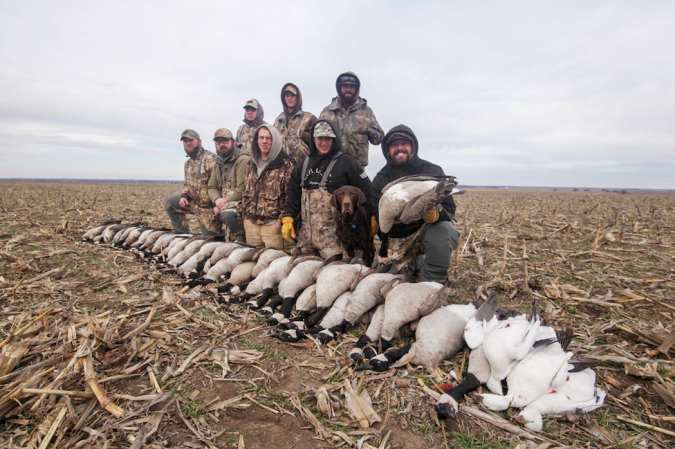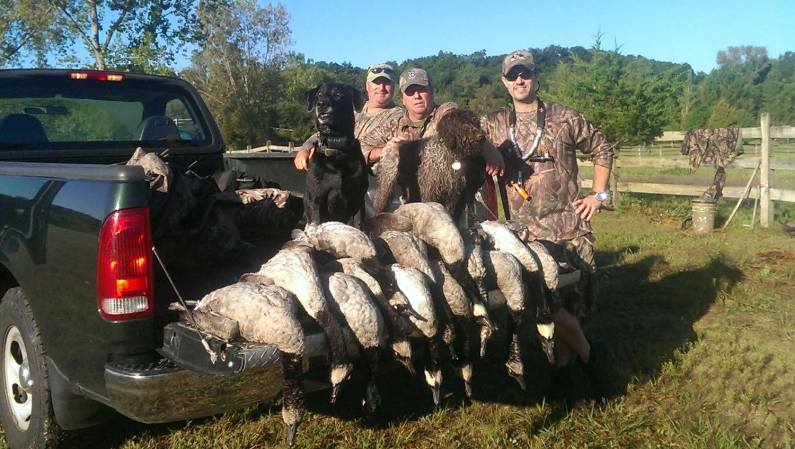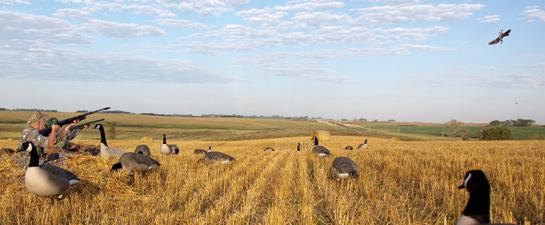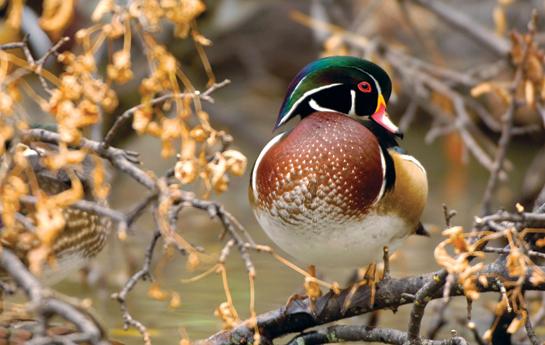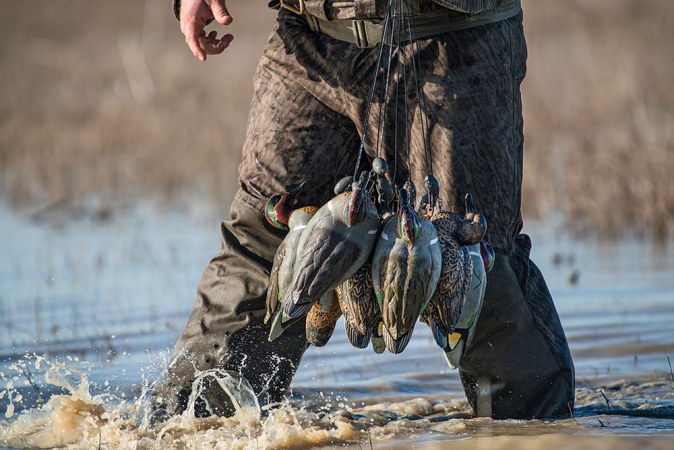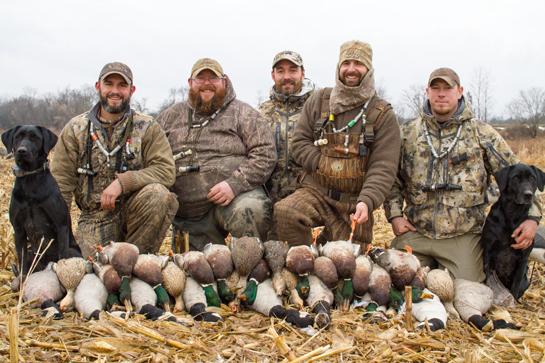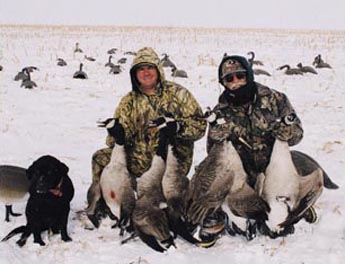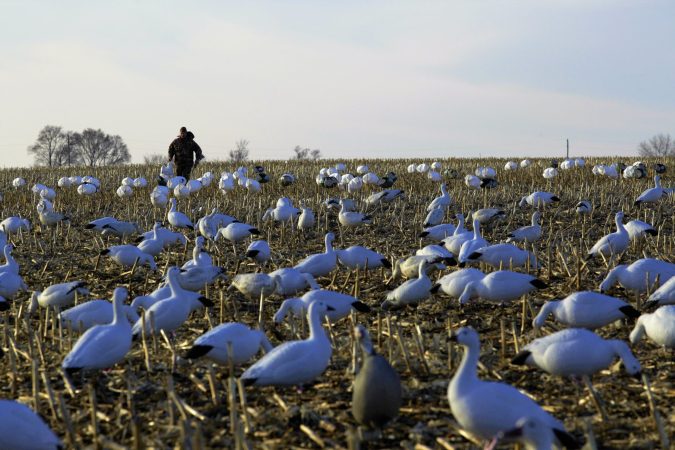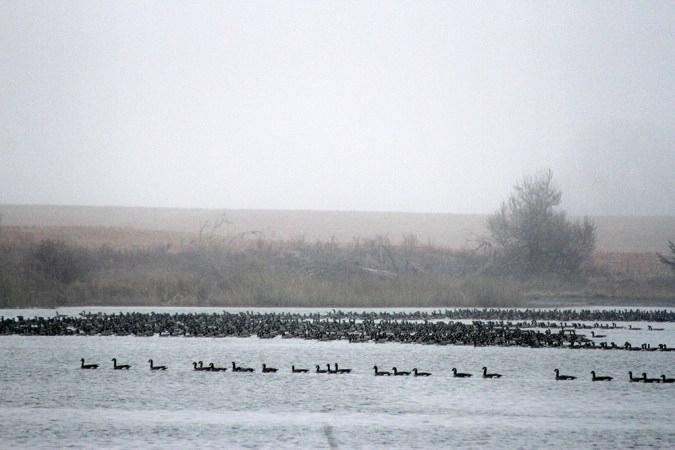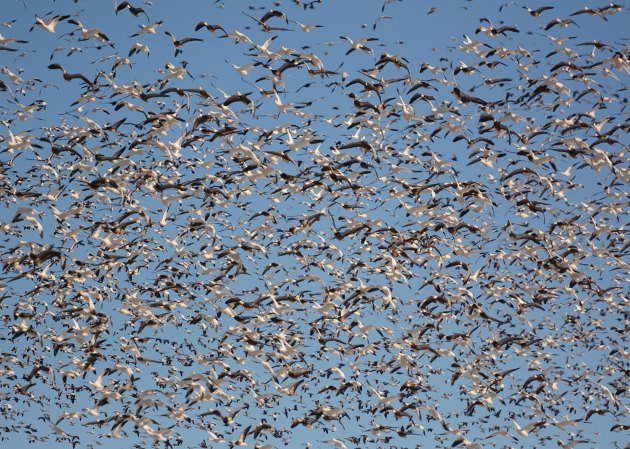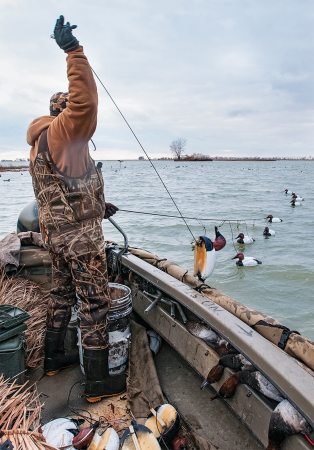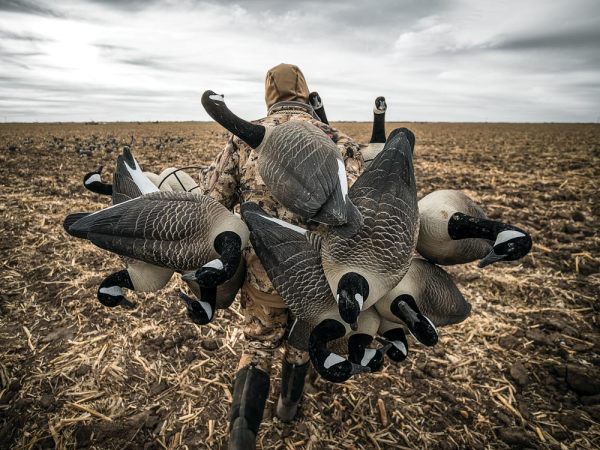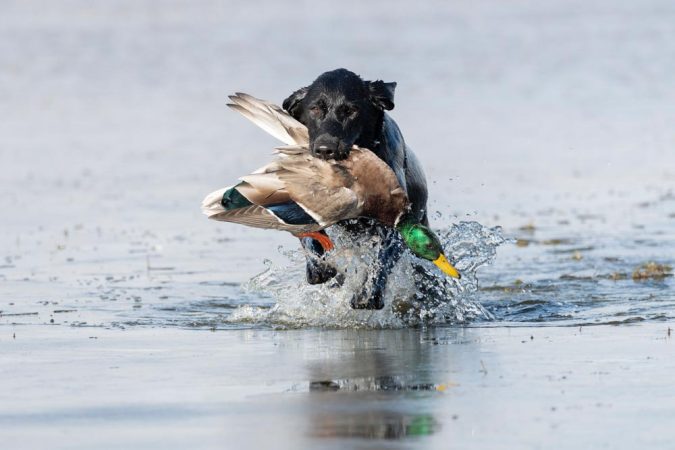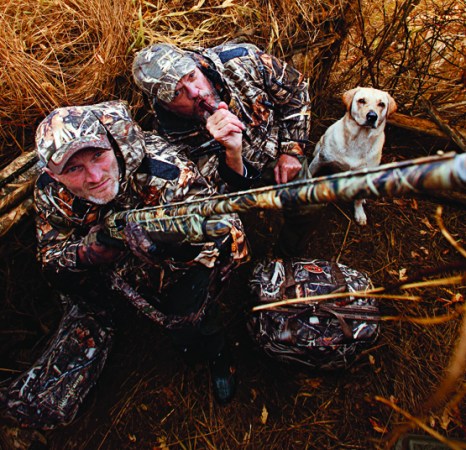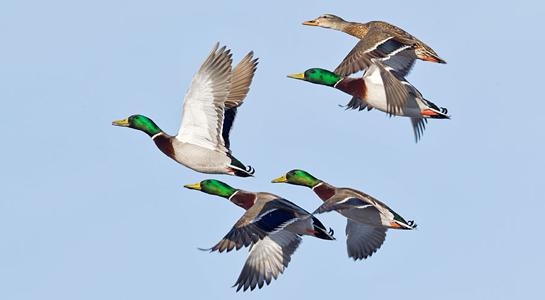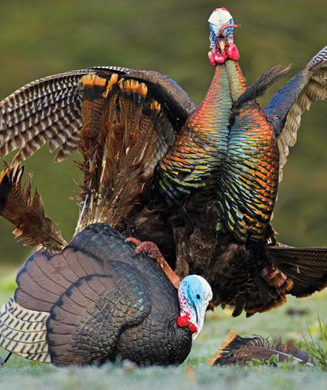When the early season begins in my home state of Wisconsin, it seems as if half the hunters in the state are trying to get in on the action, resulting in ultra-wary, educated geese. Outsmarting them, no matter where you hunt, takes adaptability and a healthy dose of imagination. Here are five tricks to keep in your back pocket this season to help you come out ahead of the honkers.
1. Get Real
Don’t let those dead-wind days slow you down. Get creative to keep your spread looking real. Start with a simple jerk string. Use it to make natural, subtle movement in your spread when the wind lies down. Three or four decoys hooked up to a good jerk rig is enough to light up any spread with movement and keeps the water from being still and flat. Don’t be too aggressive–remember, you want it to look real.
2. Forget Fields
Typically during the early season, heavy pressure will make geese wary and hard to hunt in fields. This is when I start scouting loafing and midday hangouts. Ponds, rivers, and small lakes are great areas to check. Last season, I found birds hanging out at midday in a pasture with a small stream running through it. Be patient–the birds will go to feed first, but they will return to water around midmorning.
3. Direct Traffic
During the week leading up to opening day last year, I failed to gain permission for any of the land that held birds. That didn’t mean I stayed home. Since I had scouted early, I knew the flight path the birds were taking from their roost to feed in the morning. I couldn’t get permission to hunt the X, so I tried the next best thing. I found a freshly cut hayfield in between the roost and the feed, got permission, and set up a spread there. My buddies and I walked out on opening day with 25 birds.
4. Work the Wind
“You always want the wind at your back.” Sure, in a perfect world. Hunting waterfowl involves so many variables that it’s hard to play by the rules. My favorite wind is a crosswind–right or left, it doesn’t matter. The key to hunting a crosswind is setting your decoys to manipulate the birds. Place a stopper block of decoys on the upwind side of your spread, which will force the birds to land in front of them. Hunting different wind directions can be challenging and fun, and lets you explore options with your dekes.
5. Honor the Flag
On light-wind days, one quick pop of the flag can be all it takes to turn a flock toward your spread. Hunters often overuse their flags, especially when birds are approaching. If the birds are interested, they’ll check the area for danger before landing. Reaching for your flag and creating extra movement will spook them. Instead, while geese are quartering away during the swing, give them a couple of quick pops on the corners. This will catch their eye and often bring them in, boots down.
